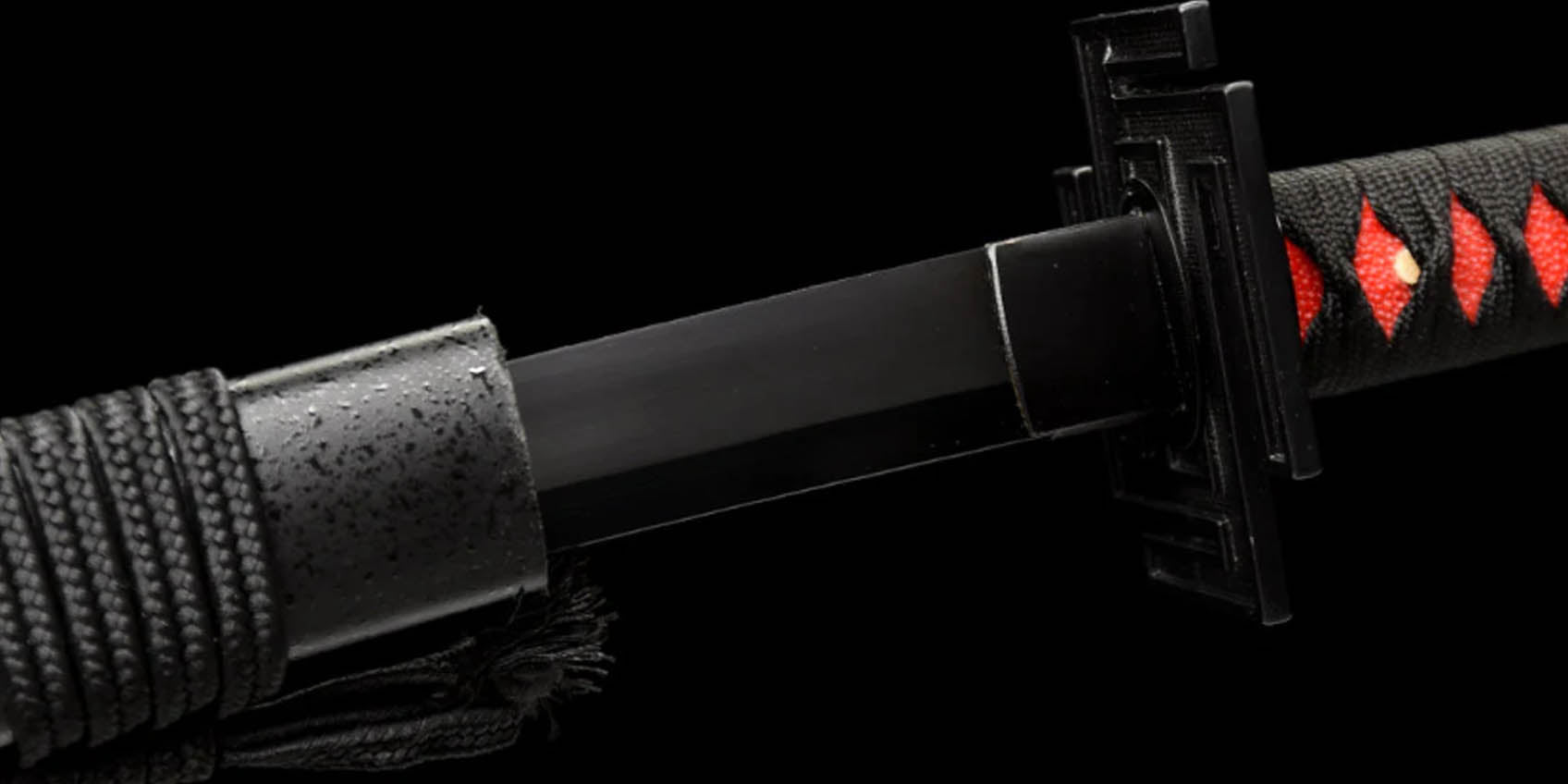Is 1060 Carbon Steel Good for a Katana Sword?

Is 1060 Carbon Steel Good for a Katana Sword?
Absolutely! 1060 high carbon steel is an excellent choice for crafting a katana. Its carbon content—approximately 0.60%—strikes a balance between hardness and flexibility, making it ideal for martial arts practice and display. A sword made from this material can achieve perfect balance, ensuring it feels natural and responsive in hand. Moreover, being hand-forged, 1060 carbon steel katanas showcase traditional craftsmanship, enhancing their durability and sharpness. Whether you're seeking a functional weapon or a collector's piece, this type of sword is a reliable and authentic option.
Is Manganese Steel Good for Swords?
When considering the best materials for crafting a katana sword, 1060 carbon steel is often a top contender due to its cost-effective nature and impressive wear resistance. This steel offers a sharp edge and maintains excellent edge retention, crucial for the precision and durability expected of a katana. The high impact resistance of 1060 carbon steel ensures that the blade can withstand powerful strikes without chipping or breaking. Additionally, its manganese content enhances the steel's overall strength and hardness, further contributing to its resilience during combat. While not as tough as some high-carbon steels, 1060 offers a balance of sharpness and durability, making it a suitable choice for a functional katana blade.
When it comes to crafting the iconic and revered Japanese sword known as the katana, the choice of steel is of paramount importance. The quality of the steel not only influences the sword's performance but also its durability and overall value. One steel type that is often considered for katana production is 1060 carbon steel. In this blog, we'll explore the merits of using 1060 carbon steel for crafting a katana, delving into its properties, advantages, and considerations.
Understanding 1060 Carbon Steel
1060 carbon steel is a popular choice for sword making due to its specific composition. It primarily consists of iron and carbon, with minimal alloying elements. This simplicity allows for ease of forging and heat treatment, making it a favorite among skilled swordsmiths.
Advantages of 1060 Carbon Steel for Katana
Durability
1060 carbon steel is known for its exceptional durability. It can withstand repeated use and endure the rigors of cutting and chopping without becoming brittle or prone to cracking. This durability is essential for a katana, which should be a robust weapon.
Ease of Forging
The simplicity of 1060 carbon steel makes it an ideal choice for traditional forging methods. Swordsmiths can shape and manipulate the steel with precision, resulting in a blade that is not only functional but also aesthetically pleasing.
Sharpness
1060 carbon steel can be sharpened to an incredibly keen edge. This sharpness is a hallmark of a well-crafted katana, as it ensures the sword's effectiveness in cutting and slicing.
Considerations and Drawbacks
While 1060 carbon steel has its advantages, it's important to consider some potential drawbacks:
Corrosion Resistance
1060 carbon steel is not stainless and can be prone to corrosion. Proper care and maintenance are required to prevent rust and preserve the blade's integrity.
Weight
Due to its durability, 1060 carbon steel can be heavier than some other steel types. This can influence the handling and balance of the katana.
Heat Treatment
The quality of a 1060 carbon steel katana heavily depends on the heat treatment applied during forging. A well-tempered blade will exhibit better performance and resilience.
In conclusion, 1060 carbon steel can be a good choice for crafting a katana when skillfully forged and heat-treated. Its durability, sharpness, and ease of forging make it a favorable option for creating a functional and traditional Japanese sword. However, it's crucial to remember that the craftsmanship and expertise of the swordsmith are just as important as the choice of steel when seeking a high-quality katana.







Меч классный ,хороший , из стали 1060 пока самый твёрдый и не гнётся , который я нашёл.